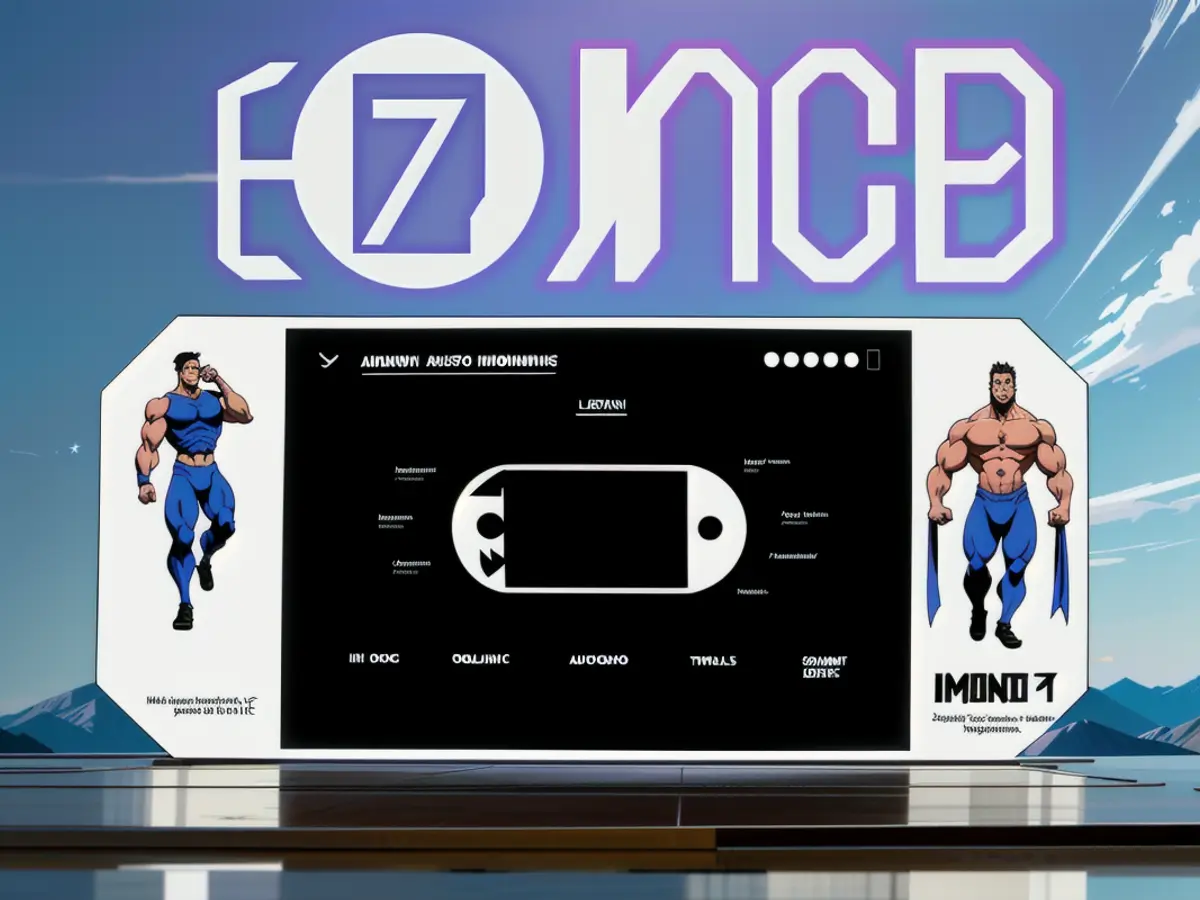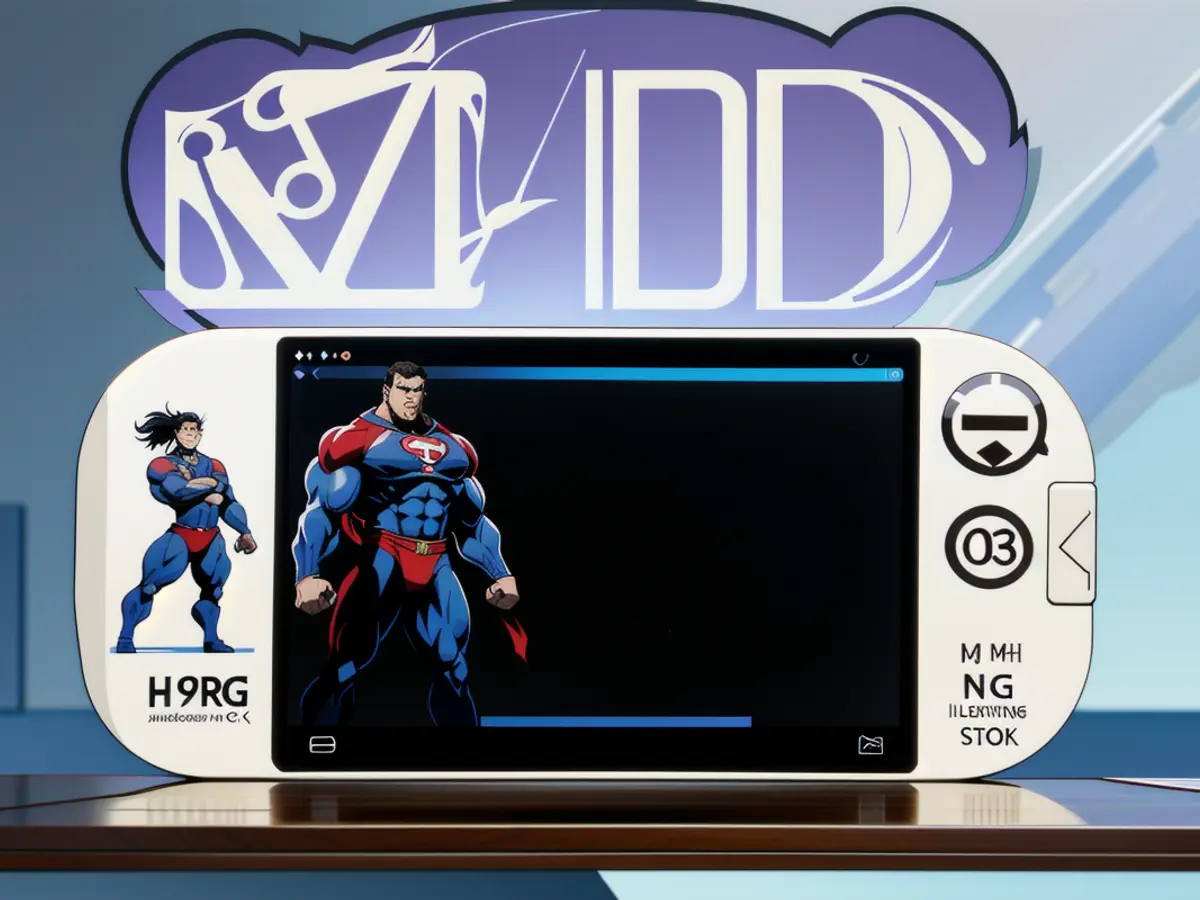Lenovo Legion Go S Analysis: Offers Comfort, Yet Sacrifices Certain Features
The Lenovo Legion Go S, a handheld gaming device, has left an impressive mark on me. Its ergonomics are top-notch, fitting comfortably into my hand like it was crafted especially for me. The ridged plastic grips provide a firm hold, compensating for its weight which is made bearable by its 8-inch bright display with minimal bezels.
Initially, I was thrilled with the Legion Go S. However, it comes with an unexpected twist – it runs on Windows 11 instead of the anticipated SteamOS. At $730 from Best Buy, it falls short in performance compared to other handhelds available in the market. This is unfortunate as even Lenovo's Legion Space software, despite updates, feels less responsive than its earlier counterpart.

I encountered frequent system changes that were uncalled for, like random TDP adjustments and unexplained brightness changes. Moreover, I experienced battery drain issues, leaving me frustrated with its overall performance.

The Legion Go S is Lenovo's attempt at catering to casual gamers, mirroring the Steam Deck, a handheld device with comparable features but at a lower price point. The Legion Go S shares a custom AMD Ryzen Z2 Go APU with the Steam Deck but fails to deliver the same performance. Its standout feature is its ability to hit 40 W TDP, but you'd only need this wattage while docked, making it redundant for portable use.

Considering its price tag, the Legion Go S seems overpriced given its performance. However, if Lenovo manages to improve its performance with an upcoming SteamOS version, priced at $500, it might regain some appeal.

Out of the box, the Legion Go S feels comfortable to hold, with notable improvements in several aspects compared to its predecessor. The thumbsticks are larger and stiffer, enhancing control, while the RGB lights are designed to mimic the Legion logo with better segmentation.

However, the device's performance is its Achilles' heel. While it packs a 4-core, 8-thread CPU with a 3.0 GHz clock speed, the AMD Ryzen Z2 Go isn't potent enough to compete with other handhelds. It delivers a 2,489 score in Time Spy and 2,336 in Steel Nomad Light in 3D Mark benchmarks, performing significantly worse than other competitors.

In terms of battery life, the Legion Go S provides a mediocre performance, its 55.5 Whr battery not performing particularly well compared to others in the market. Despite the device supporting rapid charging, its battery life still falls short of expectations for a handheld gaming device.
Software-wise, Legion Space is slow and underwhelming, with frequent instances of lag and unresponsiveness. The software needs improvement, and the Windows 11 OS, especially when used for handheld devices, feels clunky, laggy, and inconsistent.
Overall, while the Legion Go S has its merits, its performance does not justify its price tag. Improvements in software and performance can significantly enhance user experience, making it a more appealing choice.
Despite its impressive ergonomics, the Legion Go S has drawn mixed reviews in the technology community. Many users are disappointed with its choice of operating system and underwhelming performance compared to competitors, leading some to question its future in the handheld gaming market.
Online forums and tech blogs are filled with debates about the Legion Go S's potential if it were to run on SteamOS in the future. The idea of a price reduction coupled with improved performance has sparked interest in potential buyers, suggesting a promising future if Lenovo makes the necessary changes.






